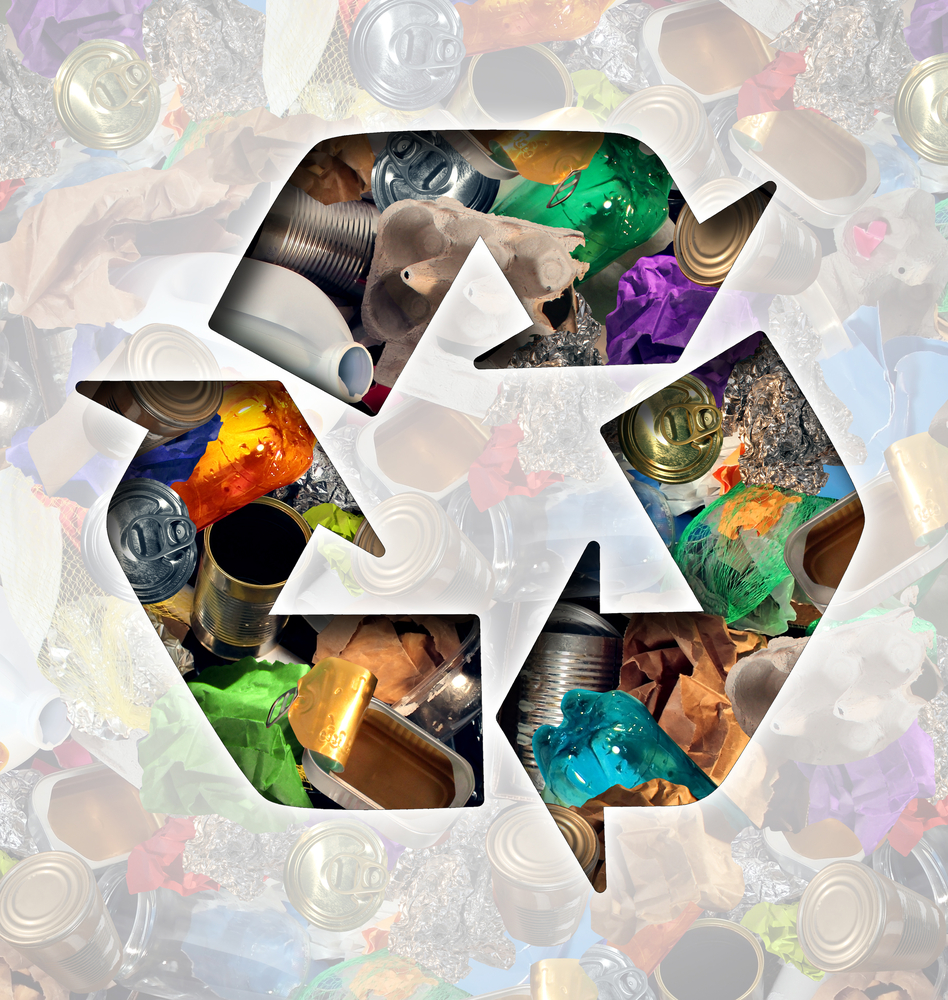Why Social Investors Must Get Behind the Circular Economy
By Marta Maretich @maximpactdotcom
What goes around and around and comes out better for the planet? By now, most of you will guess that the answer is the circular economy.
But what is the circular economy? It’s an approach to manufacturing based on the principles of reuse, repair, remanufacture and recycle. The point is to preserve finite resources, such as fossil fuels, which are running out. At the same time, the principles provide a way to manage supply chains and design waste out of the manufacturing equation.
See examples of circular products
Going around is gaining ground
With roots deep in a number of different design, ecology and industrial movements including regenerative design, biomimicry, and the recent Cradle to Cradle phenomenon, the Circular Economy is less a new idea than a coming-together of several strands of thought.
Today, the concept is gaining ground in a big way with high-profile leadership from circumnavigator Dame Ellen Macarthur and her foundation as well as support from the WEF. Big companies as diverse as Coca-cola and Caterpillar, a heavy machinery manufacturer, are embracing its principles.
This rise in popularity is generating a whole ecosystem for the circular economy. New service providers, funds and accelerators are already popping up to fuel the trend. Research, such as this Nesta report on data use, is beginning to shine a light on what makes circular approaches successful. Events and conferences and even DIY toolkits are proliferating.
Why the circular economy still needs social investment
So what does this craze for the circular mean for social investors?
Despite its popularity, there are indications that this new approach to manufacturing needs the support of social investors. Significant barriers remain to building and scaling the circular economy and one of these is financial.
There’s evidence that companies making the transition to circular economy principles are having trouble raising the finance they need to adopt circular business models designed for sustainability. This is because companies in transition have special financial requirements that mainstream investors and venture capitalists are reluctant to meet. First, they must finance the ownership of products for a longer time than in a linear model. Second, existing businesses need significant investment to change established systems, such as setting up a different revenue model.
Doubts about the practicality of adopting the circular economy are being felt at high levels. In 2014, the European Commission rejected a proposal that would have established circular principles at the center of policy across the Eurozone. Though EU president Frans Timmermans promised a “more ambitious proposal” by the end of 2015, the Greens and other environmental campaigners are concerned about the EU’s commitment to sustainability and the influence of big business over government policy.
Opportunities for “circular portfolios”
All this underlines the circular economy’s continued need for social investment capital. On the positive side, the rise of the circular economy should offer tempting investment opportunities for investors, especially if, as is planned, standards can be developed.
Investors could engage in this connected market in a number of ways. First, they could put their money into funds whose portfolios focus on companies that use circular economy approaches. Themed funds in sectors such as agriculture, food retail, clothing manufacture and waste management all have potential to benefit from backing the circular way of working.</>
Alternatively, social investors can invest directly in companies that take a circular approach, or in a clutch of companies along a circular supply chain. Imagine a “circular portfolio” that includes a company that produces the raw materials, the manufacturer that turns those materials into a consumer product and the recycler that turns any product waste back into a usable commodity.
Social investors can also benefit from adopting the circular mindset and applying it to their own use of capital. By treating capital as a resource to be preserved, conserved and recycled in sustainable systems, social investors have the opportunity to deepen their commitment to this new way of doing business. The analogy even extends to the idea of waste and byproducts. Just as businesses need to design them out of their processes, social investors should avoid producing financial negatives such as toxic debts, crushed economies and unhealthy markets.
Overall, the rise of the circular economy is a positive sign that the world is ready to change consumer culture and seek more sustainable solutions, and that’s good news for us. Beyond this, the circular economy is in step with a sector-wide push for collaborative, systemic ways to tackle global problems with both resource scarcity and waste. It’s joined-up sustainability logic for manufacturing, and that’s something we social investors certainly can, and definitely should, support.
